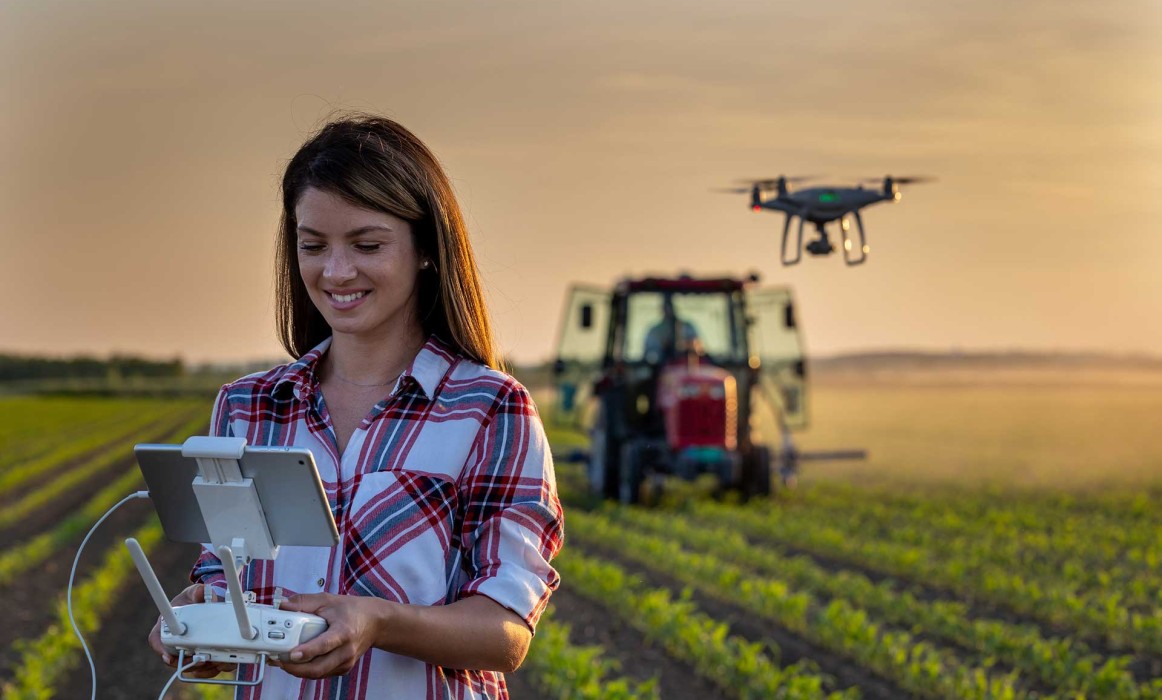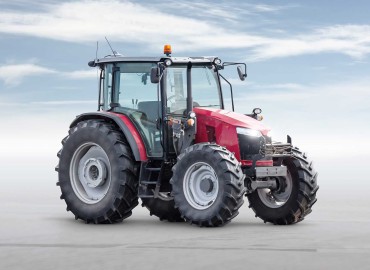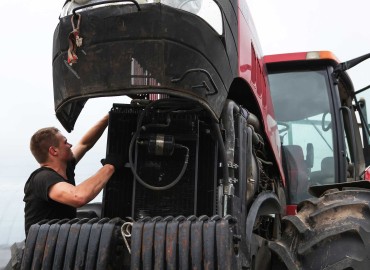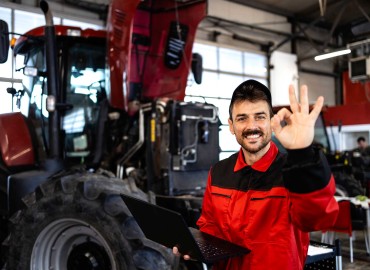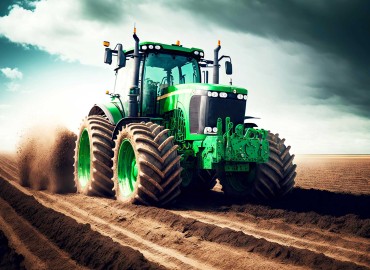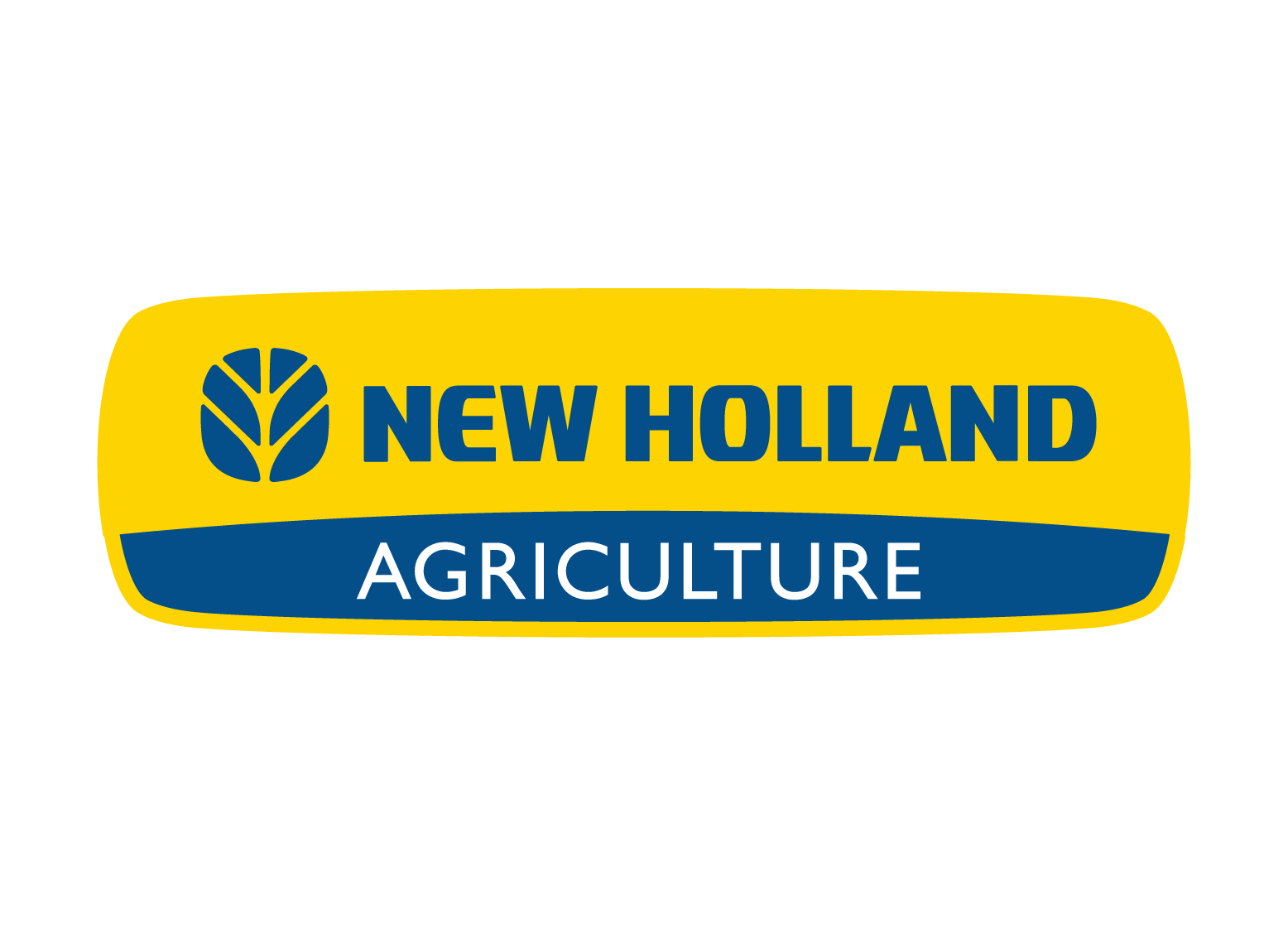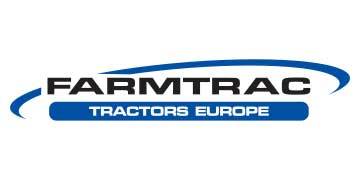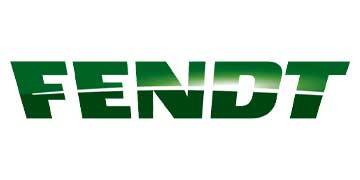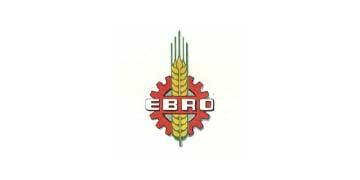The agricultural sector is one of the oldest professions globally, but it is rapidly evolving thanks to technological advancements. Traditional farming methods are being replaced by modern farming practices equipped with high-tech and innovative machinery. Next-generation farming machinery is designed to increase productivity, reduce costs, and minimize environmental impacts. So, what technologies do these machines possess, and how are they transforming agriculture?
Technological Innovations in Agricultural Machinery
The technological innovations in agricultural machinery can be summarized as follows:
Smart Farming Machinery: Data-Driven Agriculture
Smart farming machinery is revolutionizing the agricultural sector. These machines can monitor field conditions in real time using various sensors and data collection technologies.
- GPS and Mapping Technologies: Modern tractors are equipped with GPS-based systems. These systems allow for precise mapping of the field and enable automated planting, fertilizing, and spraying processes. GPS technology tracks every movement of the agricultural machinery, reducing material waste and increasing work efficiency.
- IoT (Internet of Things): When farming machinery is equipped with IoT technology, it enables communication between machines and data sharing. This makes it possible to monitor the performance of the machines in real time and respond immediately in case of any malfunction.
- Data Analysis and Artificial Intelligence: Agricultural machinery is supported by artificial intelligence systems that analyze data from sensors. These systems evaluate soil moisture, plant health, and weather conditions, thereby determining the most appropriate farming strategies.
Autonomous Agricultural Machinery: Minimizing Human Intervention
Autonomous agricultural machinery automates farming processes by minimizing human intervention. These machines can perform agricultural tasks more quickly and accurately.
- Autonomous Tractors: Autonomous tractors are fully automatic agricultural machines that can operate without a driver. These tractors follow a predetermined route in the field using GPS and sensor technologies, carrying out planting and harvesting operations. This technology reduces the need for labor while increasing efficiency.
- Drone Technology: The use of drones in agriculture provides the ability to monitor and analyze fields from above. Drones are used to monitor plant health, soil conditions, and pests. Additionally, drone technology is employed for precise spraying and fertilizing operations.
- Robotic Systems: Agricultural robots are used for tasks such as fruit picking and weed control. These robots work with high precision, reducing labor costs and increasing productivity.
Agricultural Productivity and Workforce
Next-generation farming machinery increases agricultural productivity while enabling more efficient use of the workforce.
- Precision Farming Technologies: Precision farming machines operate by considering the needs of each plant in the field. These machines prevent material waste and increase efficiency by applying fertilizer or pesticides only where needed.
- Automatic Adjustment and Optimization: Agricultural machinery can automatically adjust according to soil and plant conditions. This ensures that the machines work more accurately and effectively. For example, parameters such as soil moisture or pH levels are automatically monitored and adjusted.
- Labor Reduction: Autonomous and semi-autonomous machines reduce the need for labor. These machines, which require less human labor in agricultural tasks, allow for more efficient use of agricultural labor.
Next-generation farming machinery is transforming agriculture with technology and innovations. From smart farming machinery to autonomous systems, from energy efficiency to user-friendly designs, many developments are shaping the future of agriculture. These machines offer significant advantages in increasing agricultural productivity while reducing costs and minimizing environmental impacts. For those looking to increase efficiency and sustainability in agriculture, investing in these technologies means shaping the agriculture of the future today.
 en
en  tr
tr 
